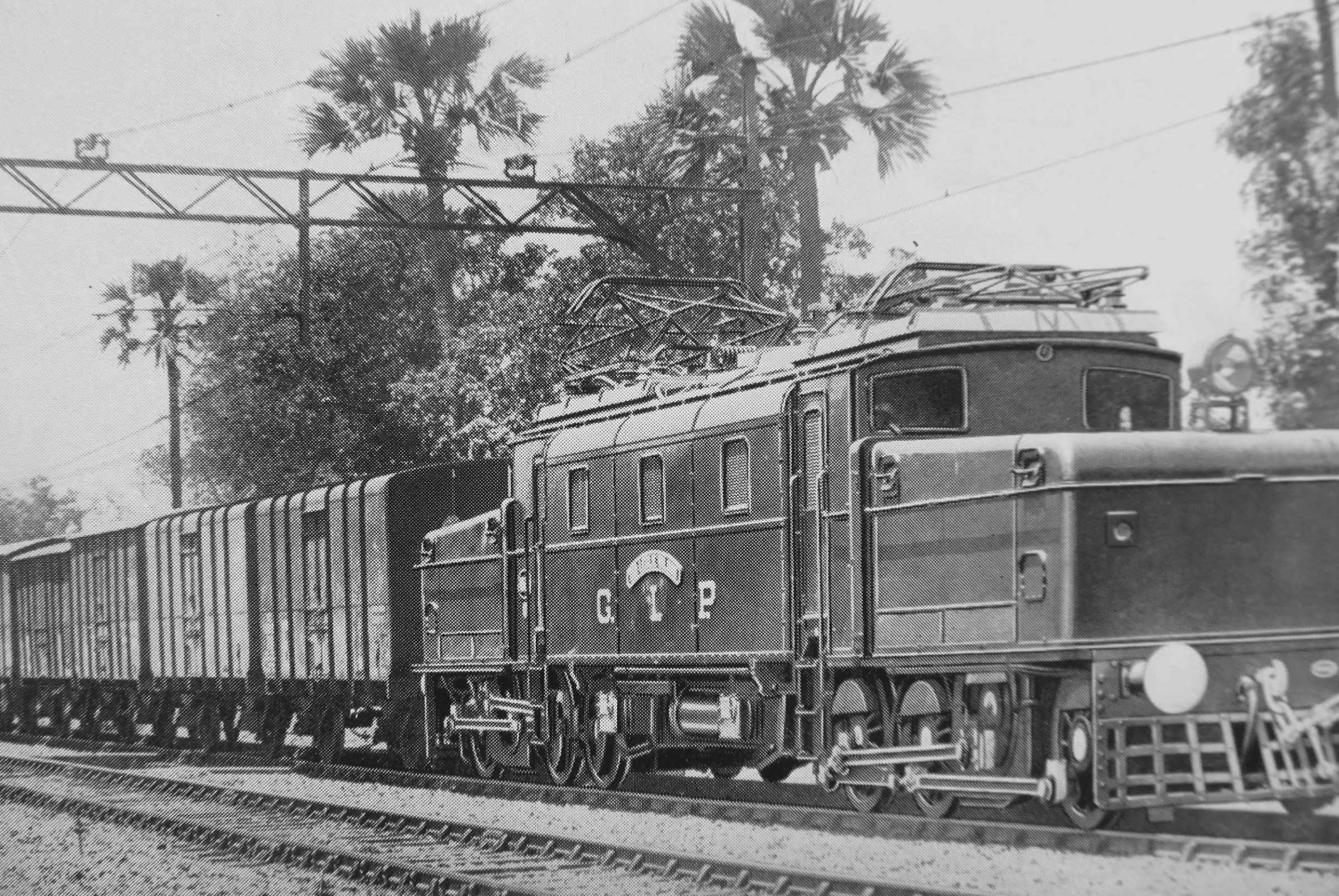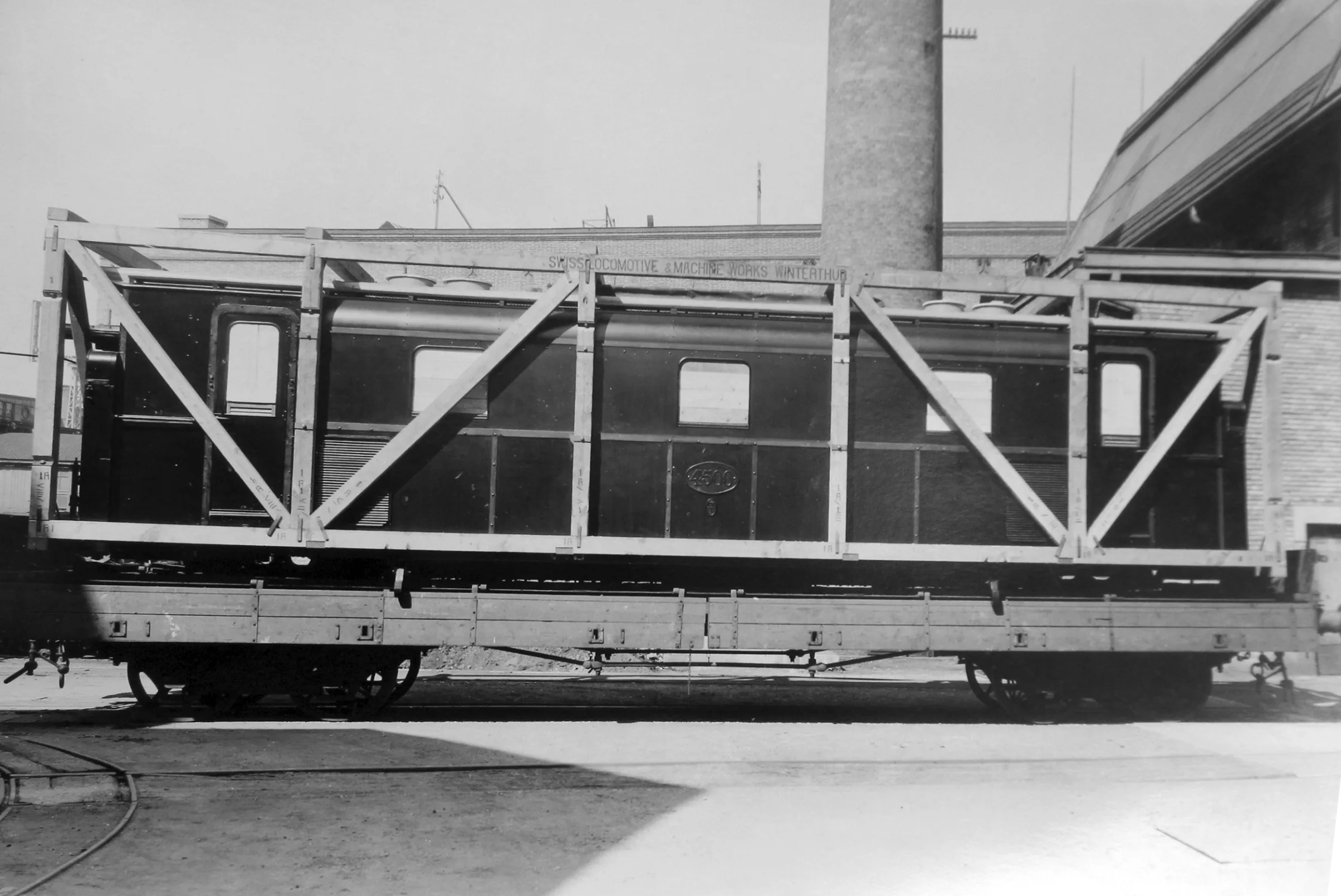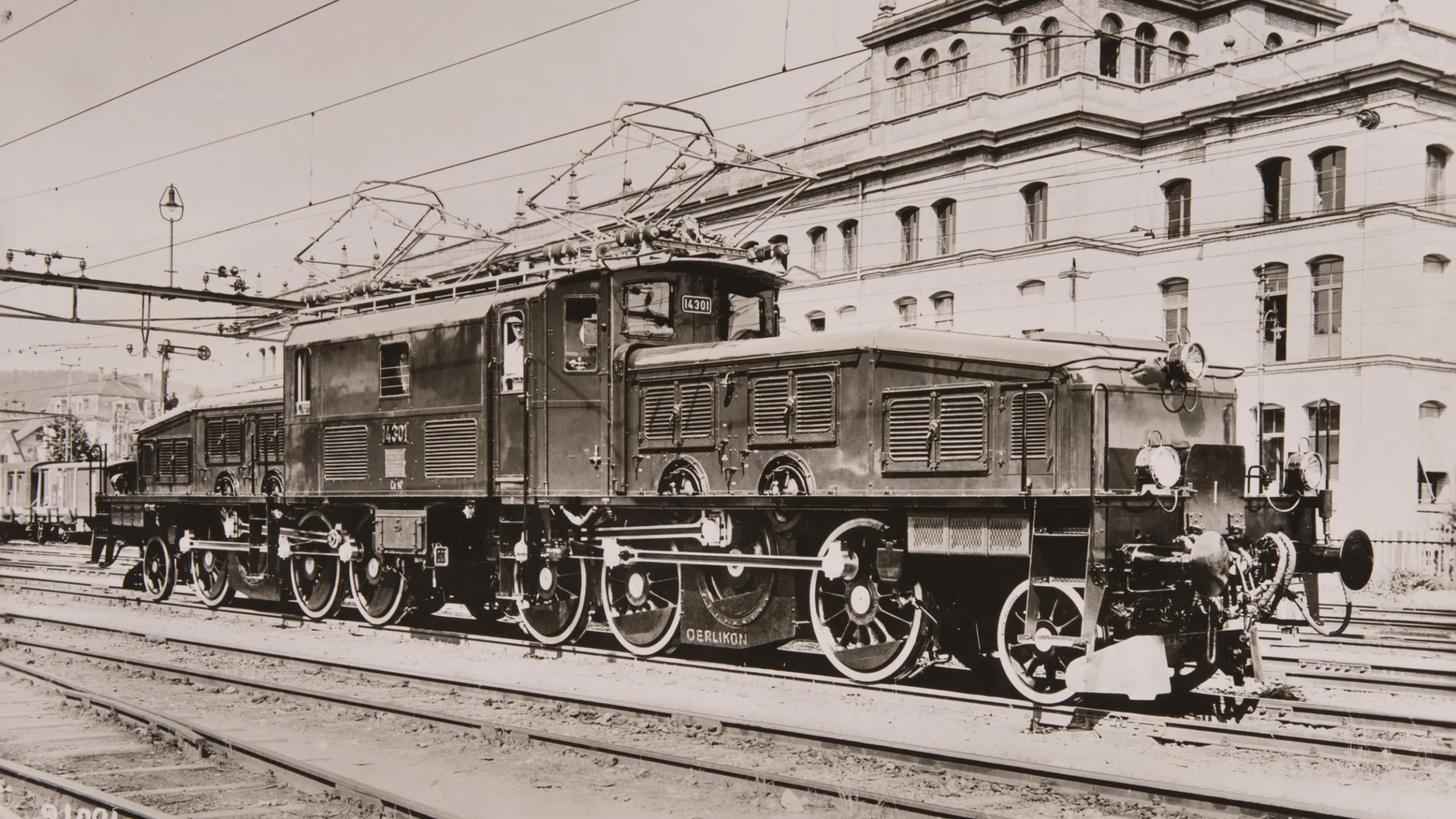
When Switzerland was still exporting ‘Crocodiles’
In 1925, the Schweizerische Maschinen- und Lokomotivfabrik in Winterthur was contracted to build ‘Krokodil’/‘Crocodile’ locomotives for the Great Indian Peninsula Railway.




In 1925, the Schweizerische Maschinen- und Lokomotivfabrik in Winterthur was contracted to build ‘Krokodil’/‘Crocodile’ locomotives for the Great Indian Peninsula Railway.


